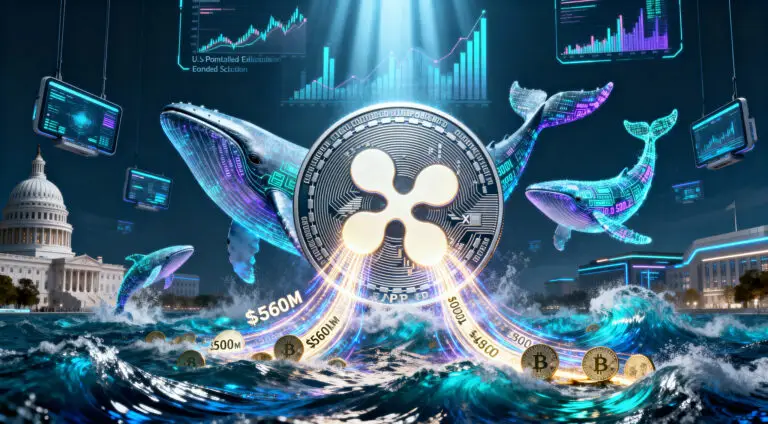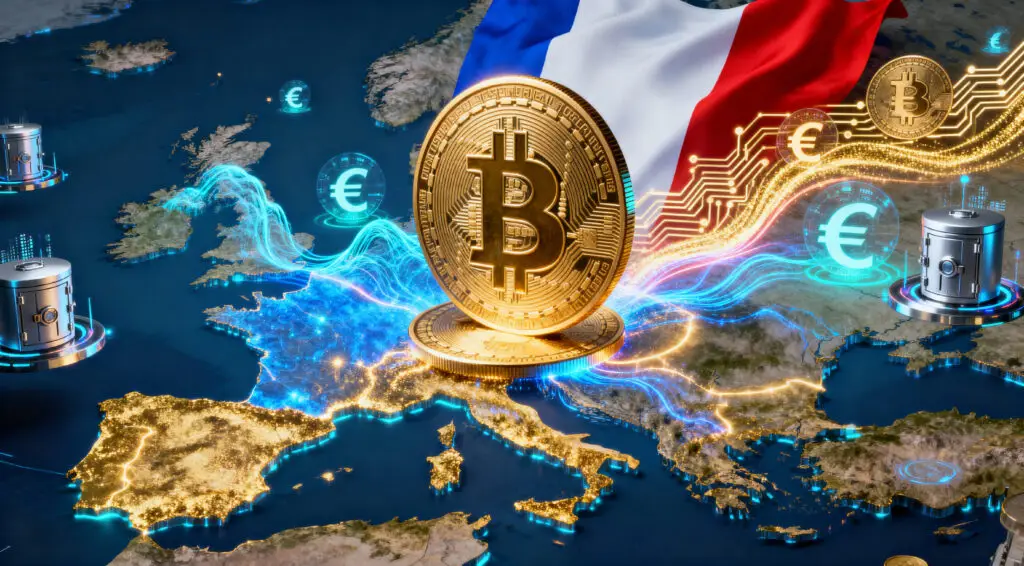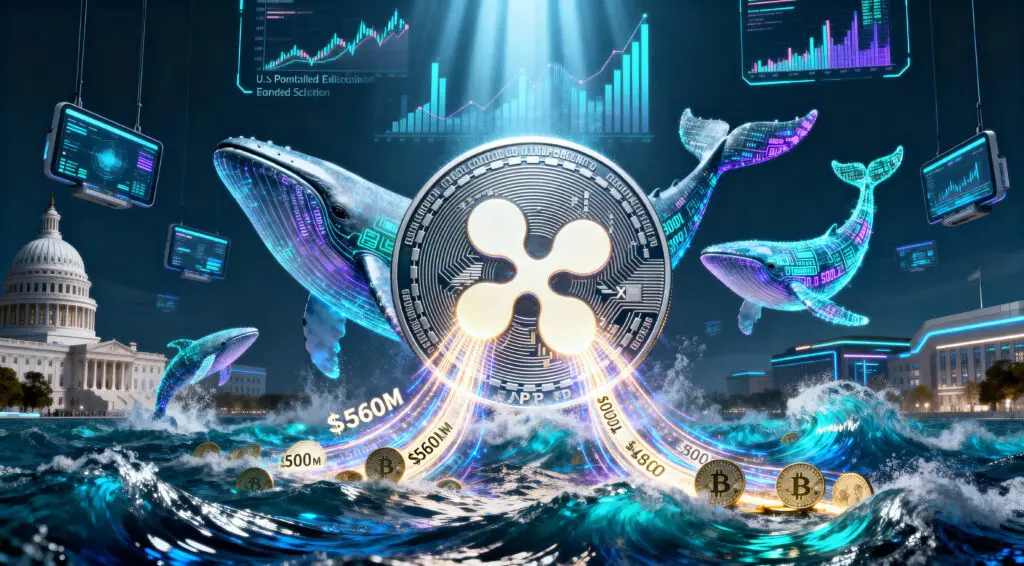The XRP cryptocurrency has finally soared to a new all-time high, reaching $3.45 on Friday, July 18, ending a seven-year period of subdued performance marked by significant regulatory challenges. This monumental recovery, which saw XRP lose over 90% of its value after its 2018 peak, is largely attributed to a more favourable regulatory environment under President Donald Trump’s administration and recent advancements in crypto-linked investment products.
Regulatory Clarity and ETF Approval Drive Surge
XRP’s journey to a new record high has been heavily influenced by its ongoing legal battle with the U.S. Securities and Exchange Commission (SEC), which sued Ripple in 2020 for alleged breaches of financial securities laws. While a judge issued a ruling in August favouring Ripple on programmatic sales, the SEC’s subsequent appeal prolonged the uncertainty.
However, President Trump’s election marked a turning point. Under the leadership of Paul Atkins, a crypto advocate appointed to head the SEC, the agency has adopted a more accommodating approach towards the cryptocurrency industry, pausing or withdrawing litigation against other crypto giants like Binance and Coinbase. Critically for Ripple, the SEC also agreed to settle the proceedings against the company by withdrawing its appeal of last year’s ruling, effectively ending its protracted legal woes in the U.S.
Another significant tailwind that propelled XRP to its new all-time high was the approval of a new leveraged XRP exchange-traded fund (ETF) on July 18 by the SEC, alongside the New York Stock Exchange. The ProShares Ultra XRP ETF, while buying futures contracts rather than holding XRP directly, represents a crucial step towards the potential approval of spot XRP ETFs, a development that analysts believe would unleash significant institutional demand, much like Bitcoin ETFs did. This positive regulatory momentum has reignited investor confidence, leading to a massive influx of capital into XRP, which jumped 32% in the past week to $3.25.
Ripple’s Vision and Lingering Concerns
Ripple created the XRP cryptocurrency to standardise transactions within its global payments network, aiming to facilitate instant and cost-effective cross-border transfers for banks. By using XRP as a bridge currency, the network aims to cut out costly foreign exchange fees and intermediaries. Ripple holds approximately 41 billion XRP tokens and gradually releases them to meet market demand, adding to the existing supply of 59 billion tokens.
Despite the current bullish sentiment, some scepticism remains regarding XRP’s potential for sustained higher prices. One concern revolves around XRP’s volatility, which can expose banks to losses if the token’s value declines during a transaction, potentially outweighing the cost savings of traditional transfer methods. Furthermore, the Ripple Payments network also supports fiat currency transfers, meaning the success of Ripple Payments does not necessarily translate directly into higher demand or price for XRP itself.
A more fundamental critique relates to XRP’s decentralisation. Unlike Bitcoin, which is largely decentralised and seen as a legitimate store of value due to its capped supply and unknown creator, XRP’s value is perceived by some as vulnerable to potential missteps by Ripple, given the company’s significant control over its supply. Critics argue that this centralisation could make XRP susceptible to future regulatory scrutiny from different U.S. government administrations. Consequently, while the recent regulatory clarity and ETF approval are significant catalysts, the long-term sustainability of XRP’s value might depend on its ability to demonstrate robust organic demand beyond speculative interest and navigate perceptions of its centralised nature.















